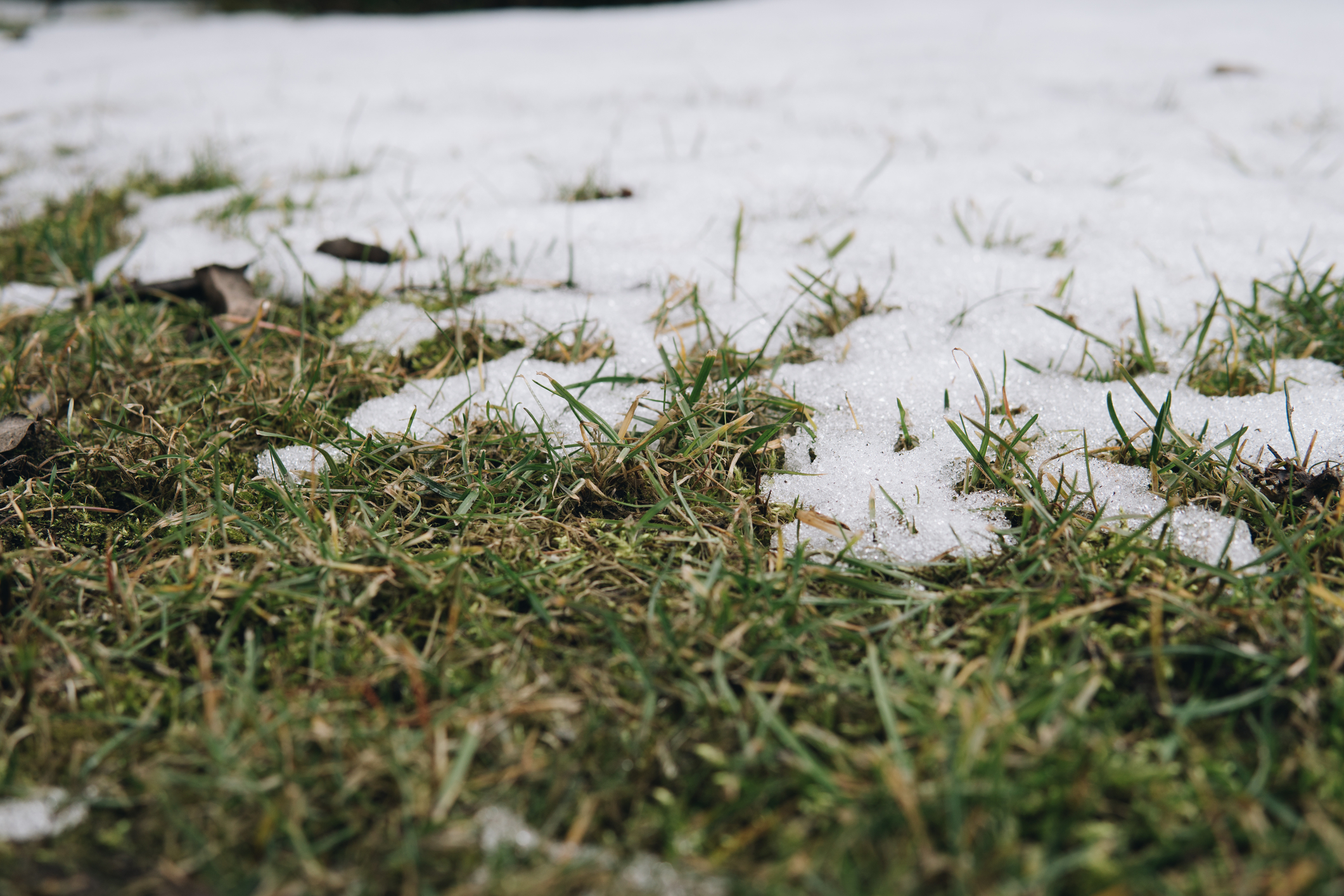
Following an unusual winter, Potassium is critical to replace carbohydrates for a successful spring transition.
Replace Carbohydrates After Cold Weather
Posted in General, Spring Turf Management by Curtis Williams
By DALE MILLER, National Agronomist
Transition is upon us. We bring up a similar discussion annually and this year it will have a bit more meaning.
Winter has been all over the map for most of us with some cold stuff, some warm stuff, some dry areas, some wet areas. Despite the variety of conditions, there are a few very consistent, very successful approaches year in and year out.
Going into cold weather for those who do not get dormant, use of foliar based “Amino Acid” Potassium products will be very beneficial.
Assuming most have a solid granular Potassium in place, which is a bit of consistent Potassium support, but it is not adequate or as effective as a foliar, amino acid based Potassium product.
Granular Potassium this time of year has become very slow release. With root system uptake being minimal as well as nutrient release from soils being very slow, soil based Potassium is just not enough to support the “anti-freeze” effect Potassium will provide.
When using foliar based Potassium products like Green Industries’ Component K, STS Foliar K, Redox K+ or Performance Perfect K, the benefits of K in cold weather support are excellent.
Applications with foliar Potassium need to be within a few days of the onset of cold weather to be most effective. These are quickly taken up, so as close as the day before is still beneficial, but remember for uptake, temperatures need to be in the 50+ range.
As temperatures in February and March swing more than any other month and any new growth is far more susceptible to cold or freezing temperatures, the plant is very vulnerable to cold weather.
As new growth during winter or early spring is primarily carbohydrate burning, it is very important to continue to replace carbohydrates soon after cold weather, when the air temperatures come back up and the plant starts to green up.
If this is not done for several green up, dormant cycles, the plant will burn significant carbohydrate reserves and the strong green up, and root formation desired in mid-spring, early summer will be delayed and in some cases the plant is set back.
This can be managed though with small, timely applications of products like Component Core, Photo Boost, Solu Amino, Rx Supreme, Perfect K, with little or no N input as it’s not important to promote growth as much as sustain stored carbohydrates.
Plants require carbon to convert Nitrogen to amino acids, proteins and the material we see every day. It’s critical to have reserve carbohydrates for spring Nitrogen inputs to move the plant along.
If Nitrogen is emphasized without adequate carbohydrate support, plant activity will quickly slow and potentially decline or even die.
In the old days of higher height of cut and much more carbohydrate reserves, it was not a big deal and was even common practice to apply Nitrogen in the spring for transition purposes and do so successfully.
That is not the case these days when carbohydrate storage is limited simply due to much higher maintenance and lower heights of cut.
This thought process is not as critical on fairways or higher heights of cut areas but is still very effective and easily seen versus areas which do not get the tank filling applications discussed above.
If these two principles are focused on in the fall, winter and spring, the success of the plant is far greater and most will suffer far less issues in spring transition and recovery from the higher levels of play we all see and expect.
As always, please do not hesitate to contact your AmeriTurf sales representative or agronomist for more explanation and discussion on product options available.